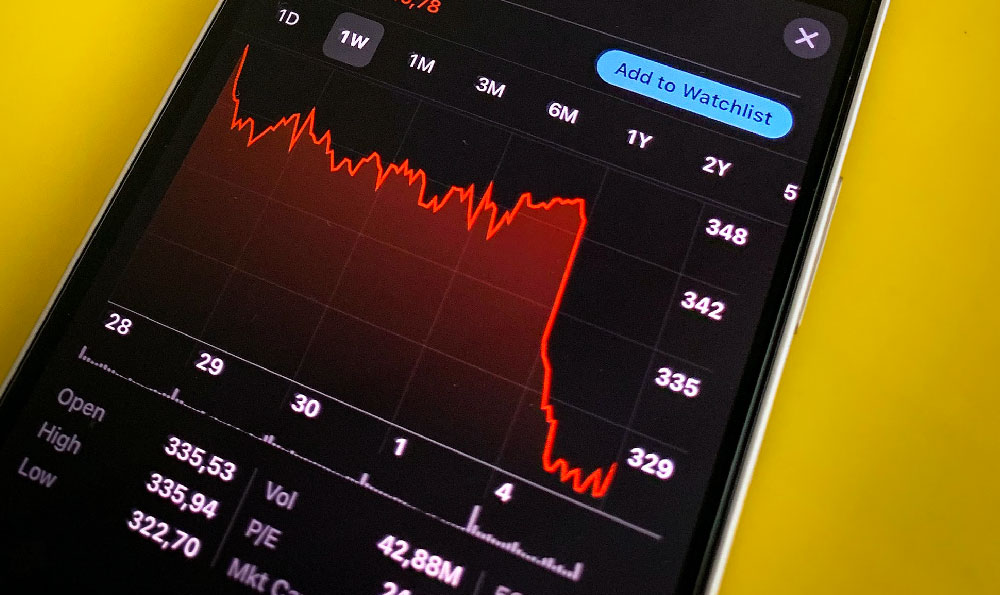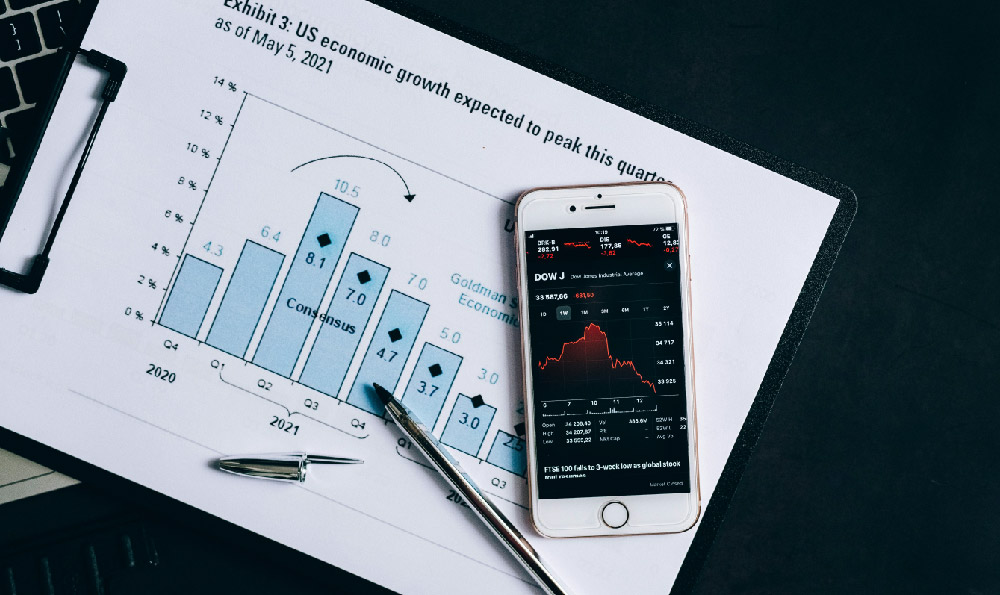How Much Do NBA Players Earn? What is the Average NBA Player Salary?

The allure of the NBA extends beyond the dazzling displays of athleticism and competitive spirit; it also encompasses the hefty paychecks that its players command. Understanding the financial landscape of the league, including how much players earn and what constitutes the average NBA player salary, requires a look into the intricacies of contracts, collective bargaining agreements, and performance-based incentives. The figures involved are significant, representing the culmination of years of dedication, skill development, and strategic maneuvering within a complex economic ecosystem.
Calculating the exact earnings of NBA players is not as straightforward as simply glancing at the headlines. While the top earners, such as LeBron James or Stephen Curry, often garner significant media attention, their publicized salaries represent only a portion of their overall income. Endorsement deals with major brands like Nike, Adidas, and Under Armour, as well as other commercial ventures and investments, can significantly augment their wealth. These off-court earnings can sometimes rival, or even exceed, their base NBA salary. This layered financial landscape makes it crucial to distinguish between a player's contractual salary and their total annual income.
The "average NBA player salary" is a more precise metric for understanding the financial reality for the majority of players in the league. This average is calculated by dividing the total amount paid to all players by the number of players on NBA rosters. However, this seemingly simple calculation can be misleading if taken at face value. The presence of supermax contracts and minimum-salary deals creates a wide disparity in earnings, skewing the average. A few players earning tens of millions of dollars can significantly inflate the average, making it appear higher than the median salary, which would offer a more accurate representation of what a "typical" NBA player earns.

Historically, the NBA's average salary has seen significant growth, driven by increased revenue from television deals, merchandise sales, and global expansion. The collective bargaining agreement (CBA) between the NBA and the National Basketball Players Association (NBPA) plays a crucial role in determining how revenue is divided between the owners and the players. The CBA establishes the salary cap, a limit on the total amount that each team can spend on player salaries. This cap is designed to promote competitive balance within the league, preventing wealthier teams from simply buying up all the best talent.
Within the framework of the salary cap, numerous rules and exceptions exist that allow teams to maneuver and sign players. These include the mid-level exception, the bi-annual exception, and the rookie scale. The rookie scale dictates the salaries of players drafted into the NBA for their first several years, preventing them from commanding exorbitant salaries before proving themselves at the professional level. The mid-level exception allows teams that are over the salary cap to sign free agents up to a certain amount, while the bi-annual exception allows teams to sign free agents without exceeding certain limitations, typically every other year. These exceptions are strategically used by teams to bolster their rosters and maintain competitiveness.
Furthermore, player performance plays a significant role in determining their earning potential. Players who consistently perform at a high level, demonstrating exceptional skill, leadership, and durability, are more likely to secure lucrative contracts. All-Star selections, MVP awards, and championships significantly enhance a player's market value. Statistical achievements, such as scoring averages, rebounding totals, and assist numbers, are also closely scrutinized by teams when evaluating a player's worth. Agents play a crucial role in negotiating these contracts, advocating for their clients and ensuring they receive fair compensation based on their skill and contributions.
Beyond base salaries, many NBA contracts include performance-based incentives. These incentives reward players for achieving specific statistical benchmarks, making All-Star teams, or leading their team to the playoffs. These incentives can provide a significant boost to a player's earnings, motivating them to perform at their peak. Some contracts also include clauses that protect players in case of injury or other unforeseen circumstances, ensuring they receive at least a portion of their salary even if they are unable to play.
The economic landscape of the NBA is dynamic, constantly evolving in response to changes in revenue, media contracts, and player performance. The average salary will continue to fluctuate as the league grows and evolves. Understanding the factors that influence player earnings, including the collective bargaining agreement, salary cap rules, performance-based incentives, and endorsement deals, provides a valuable insight into the financial ecosystem of professional basketball. This understanding is not only relevant for fans and aspiring players but also for anyone interested in the business of sports and the economics of professional leagues. The NBA, at its core, is a multi-billion dollar industry, and the salaries of its players reflect the substantial revenue it generates and the immense value placed on the athleticism, skill, and entertainment they provide. Therefore, accurately ascertaining how much NBA players earn requires a multifaceted examination beyond simply looking at the often-cited, easily accessible average salary figures. One must delve into the details of contract structures, performance bonuses, endorsement income, and the nuances of the league's financial regulations.















